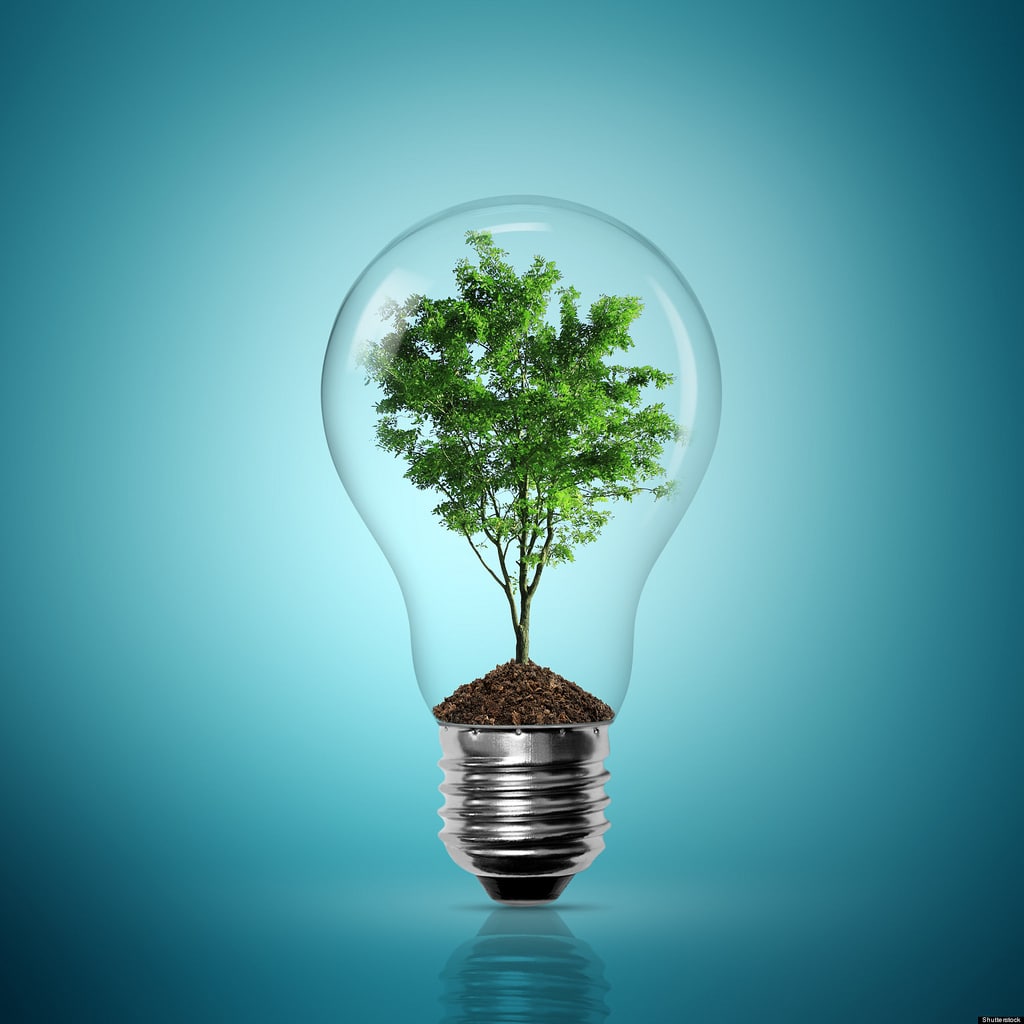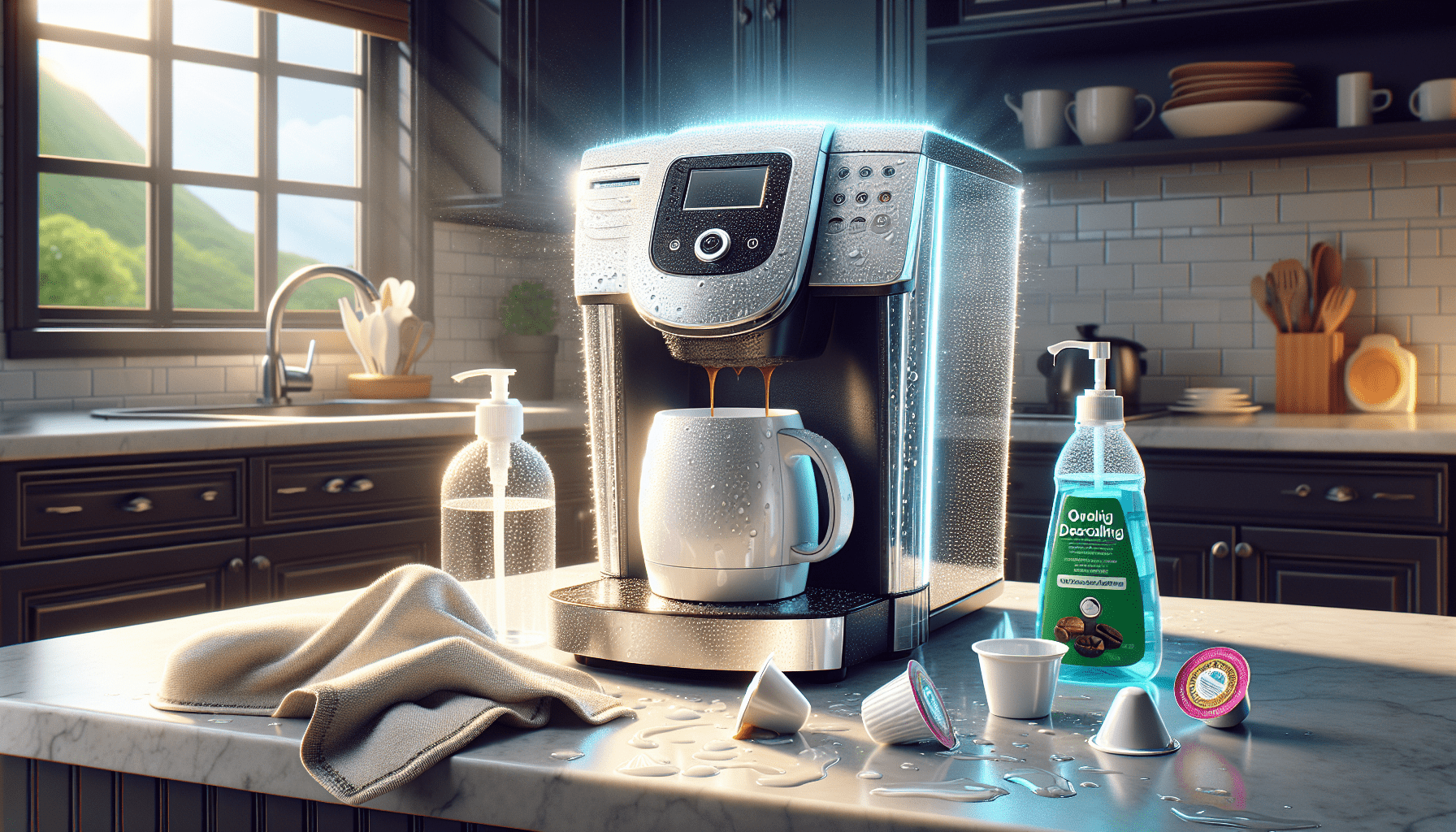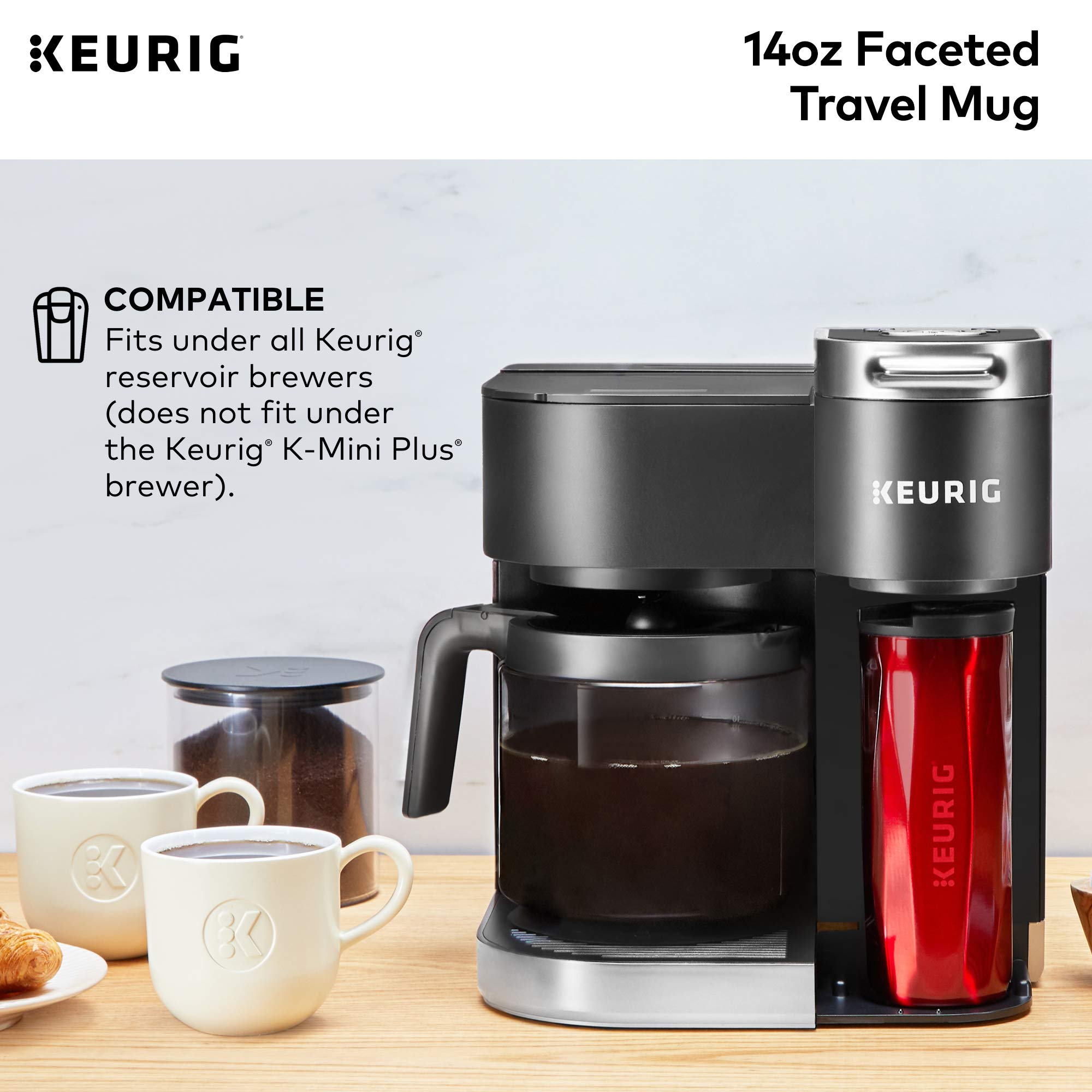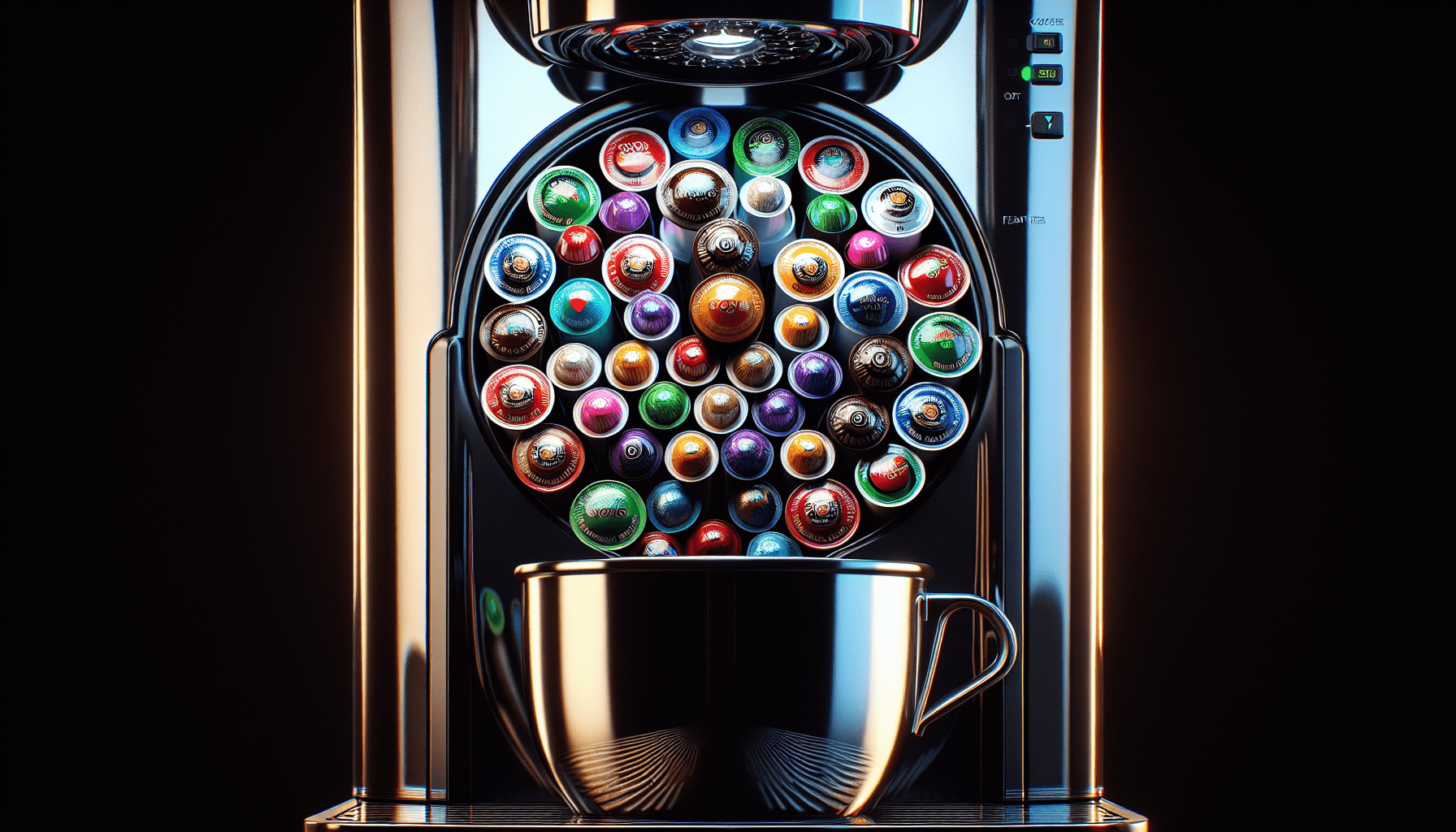Are K-cup coffee makers energy-efficient? This question has been on the minds of coffee enthusiasts everywhere. With their convenience and popularity, these single-serve machines have become a staple in many households. However, concerns have arisen about their impact on energy consumption. In this article, we will explore the energy efficiency of K-cup coffee makers and shed light on whether they are a sustainable choice for your morning brew.
Introduction
What are K-cup coffee makers?
K-cup coffee makers, also known as single-serve coffee brewers, are popular appliances used for brewing individual cups of coffee. These machines have gained widespread popularity due to their convenience and ease of use. The K-cup system was introduced by Keurig in the 1990s and has since been adopted by various coffee brands, offering consumers a wide range of coffee flavors and options.
Why energy efficiency is important?
Energy efficiency is an important consideration when it comes to any household appliance, including coffee makers. By choosing energy-efficient appliances, you can reduce your electricity consumption, lower your energy bills, and minimize your environmental impact. Energy-efficient coffee makers not only save you money in the long run, but they also help to conserve our planet’s limited resources and contribute to sustainable living.
How K-cup coffee makers work
Overview of K-cup brewing process
K-cup coffee makers work by using pre-packaged coffee pods, known as K-cups, which contain ground coffee sealed in airtight containers. To brew a cup of coffee, you simply insert a K-cup into the machine, close the lid, and press a button to start the brewing process. The machine punctures the K-cup, allowing hot water to pass through the grounds and extract the coffee flavor into your cup.
Energy consumption during brewing
During the brewing process, K-cup coffee makers consume energy to heat the water to the optimal brewing temperature, typically around 195 to 205 degrees Fahrenheit. The heating element inside the machine requires electrical power to reach and maintain this temperature. The energy consumption during brewing varies depending on the specific model and size of the machine, as well as the brewing time and temperature settings.
Standby power usage
When the K-cup coffee maker is not actively brewing, it may still consume a small amount of energy in standby mode. Standby power usage refers to the electricity consumed by the machine when it is plugged in but not in use. The standby power usage of K-cup coffee makers can vary, depending on factors such as the design of the machine and any energy-saving features it may have.
Factors influencing energy efficiency
Size and power rating of the machine
The size and power rating of a K-cup coffee maker can impact its energy efficiency. Larger machines with higher power ratings generally require more energy to heat the water and maintain the brewing temperature. If energy efficiency is a priority for you, consider choosing a smaller-sized machine with a lower power rating, as it may consume less energy during the brewing process.
Brewing time and temperature settings
The brewing time and temperature settings you choose can also influence the energy efficiency of your K-cup coffee maker. Longer brewing times or higher temperature settings will typically require more energy to reach and maintain the desired temperature. By selecting shorter brewing times and lower temperature settings, you can reduce the energy consumption of your coffee maker without compromising the taste of your coffee.
Water heating method
Different K-cup coffee makers employ different water heating methods, which can affect their energy efficiency. Some machines use traditional heating elements, while others utilize more advanced technologies such as rapid heat boilers or instant water heating systems. Machines with energy-efficient heating methods can heat the water more quickly and efficiently, thereby reducing their overall energy consumption.
Automatic shut-off feature
An automatic shut-off feature is another factor that can contribute to the energy efficiency of a K-cup coffee maker. Some machines are equipped with a timer or sensor that automatically turns off the device after a certain period of inactivity. This helps to prevent unnecessary energy consumption when the machine is not being used. Choosing a coffee maker with an automatic shut-off feature can help to minimize standby power usage and improve energy efficiency.
Standby power consumption
Standby power consumption varies among different K-cup coffee makers. Some models have designed their standby mode to consume minimal power, while others may consume more electricity even in standby mode. To maximize energy efficiency, it’s worth considering models that have received Energy Star certification, as these machines meet strict energy efficiency guidelines and have been designed to minimize both active and standby power consumption.
Comparing energy consumption
Energy usage comparison with other brewing methods
K-cup coffee makers are often praised for their efficiency in terms of energy usage compared to other brewing methods. While brewing an entire pot of coffee in traditional drip brewers or using espresso machines can consume more energy, K-cup coffee makers only heat the amount of water necessary for a single cup, reducing overall energy consumption. This makes them a more energy-efficient option, especially when brewing a small quantity of coffee.
Comparison with traditional drip brewers
Traditional drip brewers are a popular choice for brewing multiple cups of coffee at once. However, they are not as energy-efficient as K-cup coffee makers when it comes to brewing smaller quantities. Traditional drip brewers generally have larger water reservoirs and heating elements that require more energy to heat and maintain the water temperature. If you primarily brew single cups of coffee, switching to a K-cup coffee maker can result in energy savings.
Comparison with espresso machines
Espresso machines are known for their high-pressure brewing process, allowing for the extraction of concentrated and flavorful coffee. However, this process often requires a significant amount of energy. While K-cup coffee makers do not offer the same level of pressure and intensity as espresso machines, they do consume less energy overall, making them a more energy-efficient option for those who prefer regular coffee over espresso.
Comparison with French press
The French press brewing method involves steeping coffee grounds in hot water and manually pressing a plunger to separate the grounds from the liquid. While this method does not require electricity, it can be less energy-efficient in terms of water consumption. With a K-cup coffee maker, you can brew a single cup of coffee without wasting any water. If you value energy efficiency and convenience, a K-cup coffee maker might be a better choice for you.
Energy-saving features of K-cup coffee makers
Timers and programmable settings
Many K-cup coffee makers come with timers and programmable settings, allowing you to set a specific brewing time in advance. This feature enables you to schedule your coffee to be ready when you wake up or return home, eliminating the need to keep the machine on for an extended period. By using the timer and programmable settings, you can reduce standby power consumption and ensure that your coffee maker only operates when you need it.
Automatic shut-off
As mentioned earlier, an automatic shut-off feature can significantly contribute to the energy efficiency of a K-cup coffee maker. It prevents unnecessary energy consumption by turning off the machine after a certain period of inactivity. This feature is particularly useful for those who may forget to manually power off their coffee maker after use. By investing in a machine with an automatic shut-off, you can save energy and reduce your environmental impact.
Energy-efficient heating elements
Some K-cup coffee makers are designed with energy-efficient heating elements, which enable them to heat water more quickly and with less energy. Advanced technologies, such as rapid heat boilers or instant water heating systems, are examples of energy-efficient heating methods that can improve the overall energy efficiency of a coffee maker. Look for models that highlight their energy-efficient heating elements to ensure you choose the most eco-friendly option.
Power-saving modes
Certain K-cup coffee makers offer power-saving modes, which enable the user to adjust the energy consumption of the machine according to their preferences. Power-saving modes can range from reducing standby power consumption to lowering the power output during brewing. By utilizing these modes, you can customize your coffee maker’s energy usage to align with your individual needs while still enjoying your favorite cup of coffee.
Standby power consumption
Understanding standby power
Standby power, also known as standby or vampire power, refers to the electricity consumed by devices and appliances when they are not actively in use but still plugged in. Many household appliances, including K-cup coffee makers, continue to draw power from the electrical outlet even when they are turned off or not being used. Standby power consumption can account for a significant portion of your household’s overall energy usage if not properly managed.
Measurements of standby power consumption
Measurements of standby power consumption in K-cup coffee makers can vary depending on the model and brand. However, studies have shown that standby power usage in these machines is generally low, especially in comparison to certain other household appliances. Certain newer models have made significant strides in reducing standby power consumption by incorporating energy-saving features and technologies.
Energy Star certified models
To ensure that you minimize standby power consumption and choose an energy-efficient K-cup coffee maker, look for models that are Energy Star certified. Energy Star is a program developed by the U.S. Environmental Protection Agency (EPA) that identifies and promotes energy-efficient products. Energy Star certified coffee makers meet strict energy efficiency criteria and are proven to consume less power both during active use and standby mode.
Environmental impact
Waste generated by K-cup coffee makers
While K-cup coffee makers bring convenience and a variety of coffee flavors to your cup, they also generate a significant amount of waste. Each K-cup contains a combination of plastic, aluminum, and organic material, making them difficult to recycle. The accumulation of K-cup waste poses a challenge for waste management systems and contributes to environmental pollution. Therefore, it is essential to consider the environmental impact of K-cup coffee makers beyond their energy efficiency.
Recycling options for K-cups
To mitigate the environmental impact of K-cup waste, several recycling options have emerged. Some coffee brands have introduced recycling programs or partnered with recycling organizations to facilitate the collection and recycling of K-cups. These programs often require consumers to separate the components of the K-cups before recycling. Additionally, there are compostable K-cups available that are designed to break down more easily in composting systems, reducing their environmental impact.
Sustainability efforts of coffee brands
Many coffee brands are taking steps to address the environmental concerns associated with K-cup coffee makers. Some brands are actively working towards developing fully recyclable or compostable K-cups, while others are offering reusable K-cup pods that can be filled with your choice of coffee grounds. By supporting brands that are committed to sustainability and environmental stewardship, you can contribute to reducing the overall environmental impact of K-cup coffee makers.
Tips for maximizing energy efficiency
Optimal brewing practices
To maximize the energy efficiency of your K-cup coffee maker, follow these optimal brewing practices:
- Brew only the amount of coffee you need to avoid wasting energy and water.
- Use the recommended water temperature and brewing time for your coffee.
- Avoid repeatedly opening and closing the lid during brewing as it can release heat and prolong the brewing process.
- Clean the machine regularly to ensure optimal performance and energy efficiency.
Using energy-saving features
Take advantage of the energy-saving features offered by your K-cup coffee maker:
- Set timers to brew coffee only when you need it.
- Utilize automatic shut-off features to prevent unnecessary energy consumption.
- Adjust power-saving modes based on your brewing preferences and energy consumption goals.
Using reusable K-cup pods
Consider using reusable K-cup pods instead of single-use disposable ones. Reusable pods allow you to fill them with your own choice of coffee grounds, reducing waste and the environmental impact of K-cup coffee makers. By using reusable pods, you not only save money but also contribute to a more sustainable coffee brewing method.
Proper maintenance and cleaning
Regular maintenance and cleaning of your K-cup coffee maker can help ensure optimal energy efficiency:
- Descale the machine regularly to remove mineral deposits that can impair its performance.
- Clean the brewing chamber, water reservoir, and other components as recommended by the manufacturer.
- Keep the machine in good working condition to prevent any energy inefficiencies that may arise from worn-out parts or components.
Conclusion
In conclusion, K-cup coffee makers offer a convenient and efficient way to brew individual cups of coffee. When it comes to energy efficiency, these machines generally outperform traditional brewing methods such as drip brewers, espresso machines, and French presses. Factors influencing the energy efficiency of K-cup coffee makers include the size and power rating of the machine, brewing time and temperature settings, water heating method, automatic shut-off feature, and standby power consumption. By considering these factors and utilizing energy-saving features, you can minimize both active and standby power consumption. It is crucial to be conscious of the environmental impact of K-cup coffee makers, especially the waste they generate. However, with increasing efforts by coffee brands to develop sustainable and recyclable options, alongside responsible use and recycling practices, we can make our coffee habits more eco-friendly. By following optimal brewing practices, utilizing energy-saving features, using reusable K-cup pods, and maintaining your machine properly, you can maximize the energy efficiency of your K-cup coffee maker while enjoying your favorite cup of coffee.




